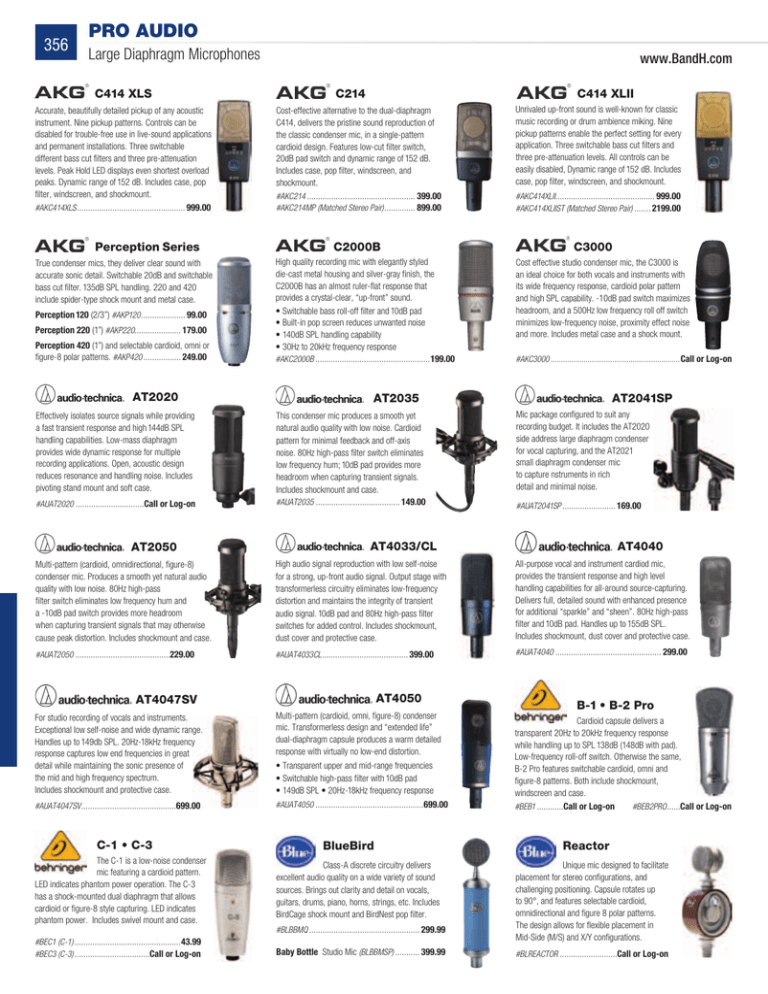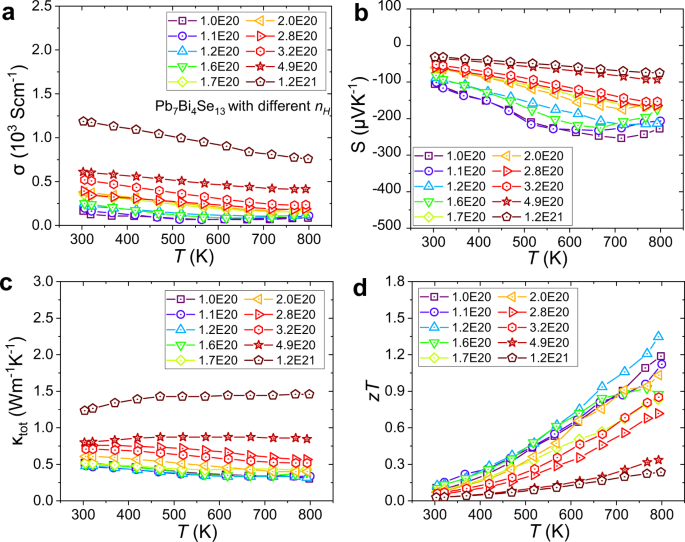


When tire pressure(s) are near the level that triggers an alert, fluctuating temperatures may be causing your TPMS light to turn on and off. Check the pressure of all of the tires with a gauge and determine the cause of pressure loss and add air or service the tire(s) as appropriate. When the TPMS light comes on – and stays on – at least one of your tires is at a low pressure level.

The TPMS light comes on when the tire pressure gets too low or too high. It’s a tool that can help alert you when pressure is low, but a tire may drop below proper inflation long before the TPMS warning light comes on. (You’ll find the correct pressure on the driver’s door jamb or in the owner’s manual, not on the sidewall of the tire- that’s the tire’s maximum pressure.) Keep in mind, your TPMS does not replace routine tire pressure maintenance. Do you know what to do when the low tire pressure TPMS symbol illuminates? The first thing to do is manually check your tire pressures with a gauge and add air until the pressures reach the vehicle manufacturer specification.


 0 kommentar(er)
0 kommentar(er)
